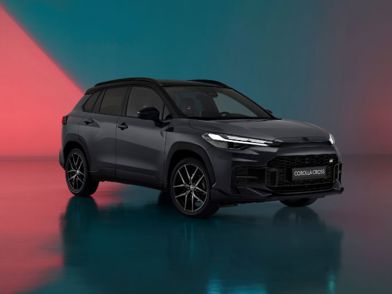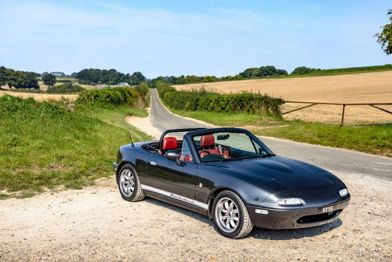Japanese auto giants Toyota, Subaru and Mazda have announced their dedication to developing next-generation internal combustion engines (ICE).
These new drivetrains are said to be "tailored to electrification" by incorporating integrated electric vehicle (EV) components such as motors, batteries, and electric drive units.
Historically, Japanese car manufacturers have lagged behind their global counterparts in transitioning to fully electric vehicles.
This has been reflected in InfluenceMap’s annual report on climate lobbying, where Toyota was ranked as the worst automaker due to its EV plans and lobbying efforts against climate-friendly government initiatives.

Conversely, Tesla, Ford, GM, Volkswagen and Mercedes-Benz have topped the list, showing a stark contrast in the approach towards electrification.
Despite the negative rankings, Toyota, Mazda and Subaru remain steadfast in their commitment to ICE technology.
In a recent press release, the companies reiterated their focus on developing engines "tailored to electrification and the pursuit of carbon neutrality." This entails integrating advanced EV components to enhance performance while maintaining the benefits of ICE.
A multi-pathway approach

The trio of automakers emphasised their dedication to a “multi-pathway approach” to achieving carbon neutrality.
This strategy involves exploring various alternative fuels such as e-fuel, biofuels, and liquid hydrogen. "In order to provide our customers with diverse options to achieve carbon neutrality, it is necessary to take on the challenge of evolving engines that are in tune with the energy environment of the future," stated Toyota’s CEO Koji Sato.
Sato further elaborated that the collaboration among the three companies would foster "friendly competition," ultimately refining engine technologies and driving innovation.
This cooperative energy aims to contribute significantly to the broader adoption of carbon-neutral fuels, ensuring that future engines are not only more efficient but also environmentally sustainable.
Future innovations

The upcoming ICE models are expected to be smaller and more compact, aligning with Toyota’s new body styles for its next-generation EVs.
The reduction in engine size is anticipated to lower the vehicle’s hood, improving aerodynamics and thereby enhancing overall performance and fuel efficiency.
Although the companies have not provided a specific timeline for the release of these advanced engines, their commitment to integrating EV components indicates a forward-thinking approach.
By combining traditional ICE with modern electrification elements, Toyota, Subaru and Mazda aim to create versatile engines that cater to a diverse range of customer needs while progressing towards a carbon-neutral future.








































